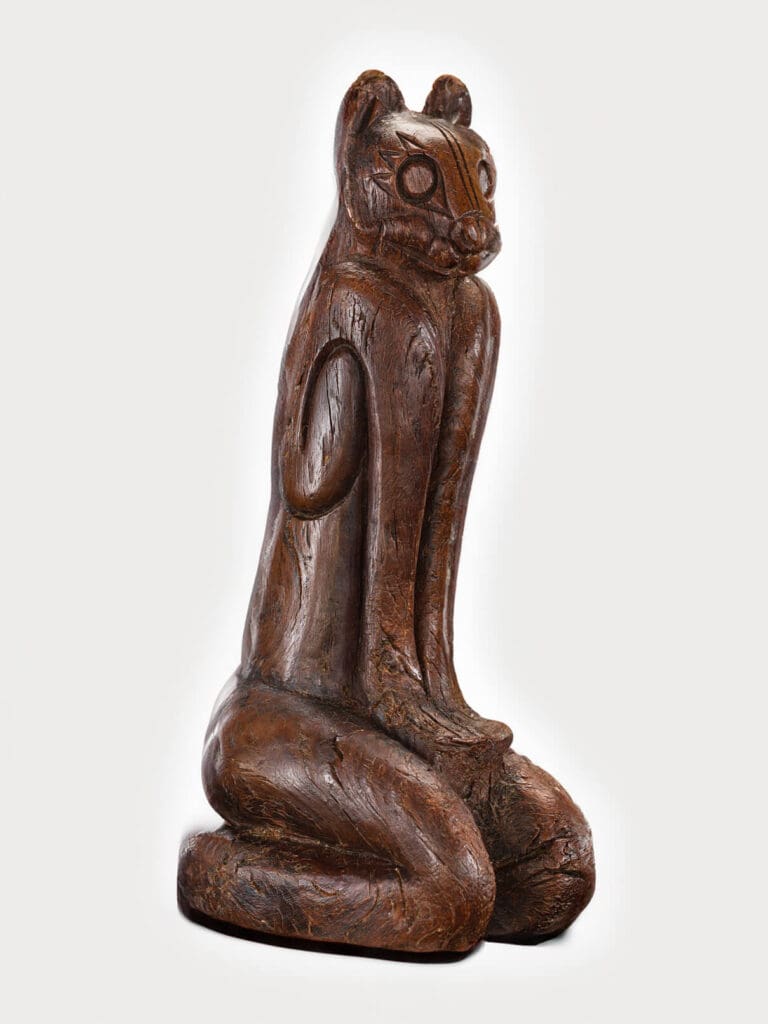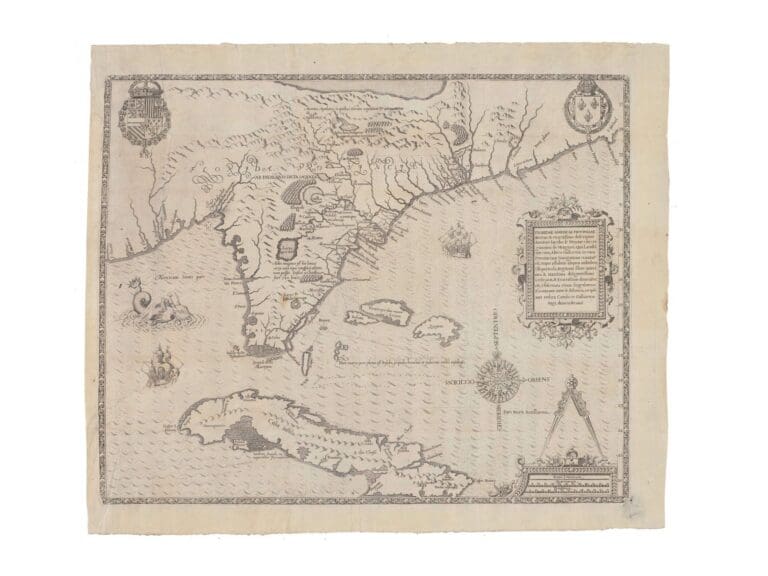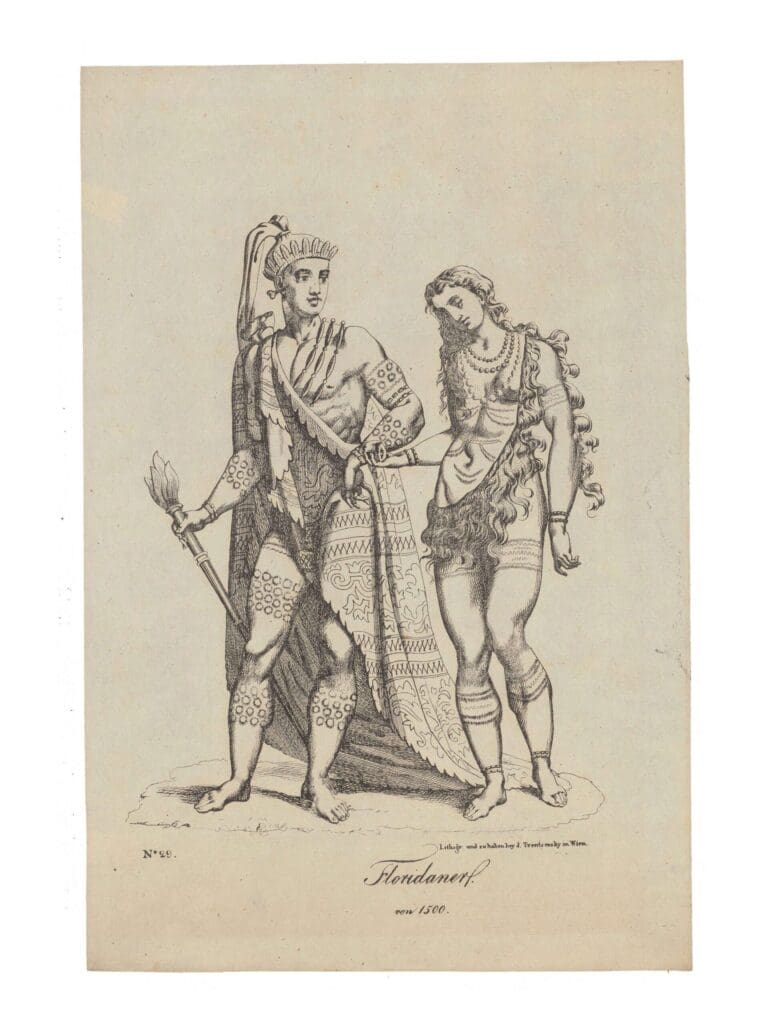Marco Cat
This wood sculpture was made by a Calusa Indian artist between 500 and 1500 years ago. It is about 6-inches tall, weighs less than a pound, and scholars believe its feline features were inspired by the Florida panthers Calusa Indians encountered in south Florida.
Courtesy of Smithsonian Institution
The Calusa chiefdom was the most powerful Indian society in south Florida when Spaniards arrived. Unlike the Timucua and Apalachee Indian societies in north and central parts of Florida, the Calusa did not farm. Instead, they were known for building a tributary empire founded on harvesting the abundant seafood of the southwest Florida coast. To support their society and imperial project, Calusa engineers designed and workers dug an elaborate canal system used for transportation and communication.
Three Fast Florida Facts
- One 40-foot-wide Calusa-made canal linked the southwest Gulf Coast to interior waterways and important Calusa settlements.
- Calusa workers built structures and sometimes towns, like the one on Mound Key, on large shell mounds.
- The Marco Cat sculpture is well preserved because it was encased in an oxygen-free layer of southwest Florida muck for centuries.
